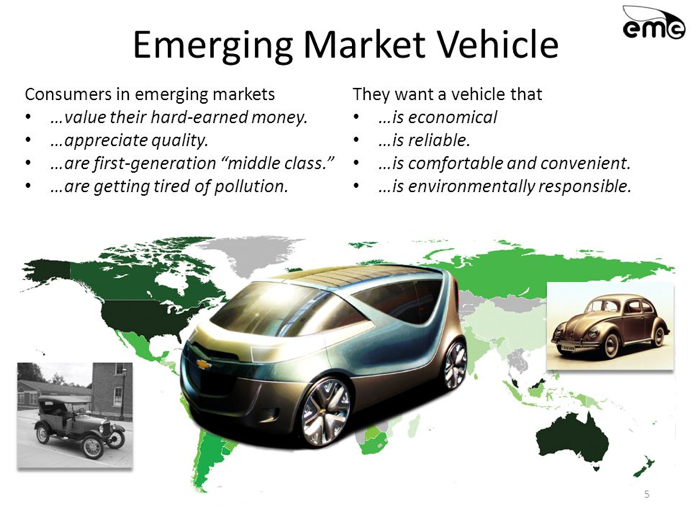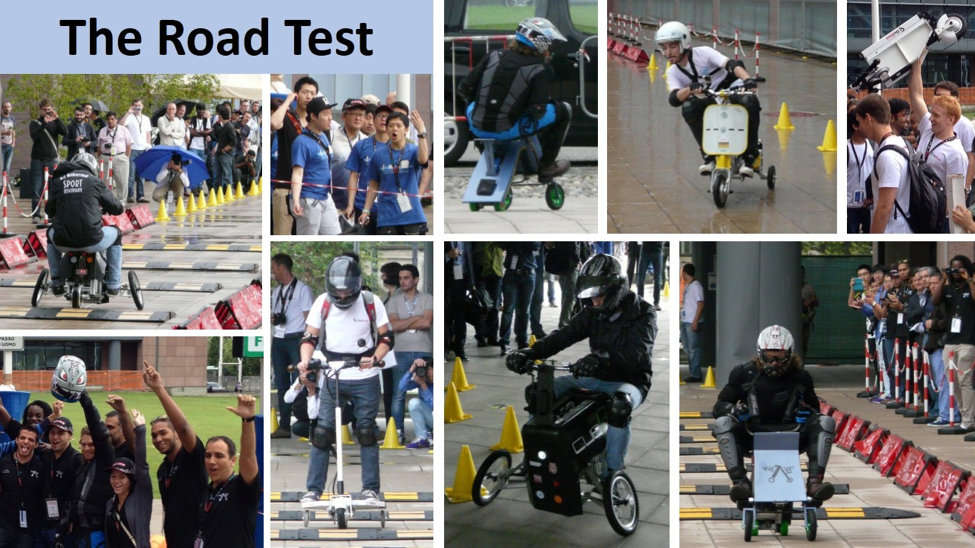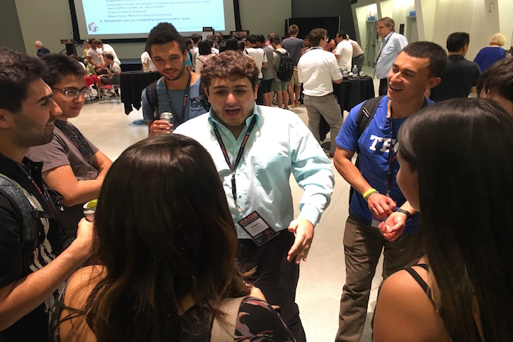PACE – History
%
2008-2010 Electric EMV

The 2-year global collaboration project for 2012-2014 was launched during the PACE Annual Forum with a call for institution commitment and team formation. The Portable Assisted Mobility Device (PAMD) project maintains an urban transportation focus, and addressed the first and the last mile scenario as it mixes seamlessly with public transportation and personal urban transportation. UPRM team was challenged to lead the design a small power assisted vehicle that can be taken on a train or bus, or can be stowed or carried indoors.
In the first year of the project, teams developed PAMD concepts including research, market assessment, design process, engineering analyses, manufacturing assessments, and a final design proposal, including a non-running scale model. Our team consisted of one Industrial Design Institution, Monash University, and multiple Manufacturing and Engineering Institutions. Thirty-two PACE Institutions participated in the PAMD project, comprising a total of seven global collaborative teams.
%
2012-2014
%
2014 Road Test Competition

%
2015-2016 PACE Excellence in PLM Award
%
2014-2016 Reconfigurable Shared-Use Mobility Systems Competition


%
